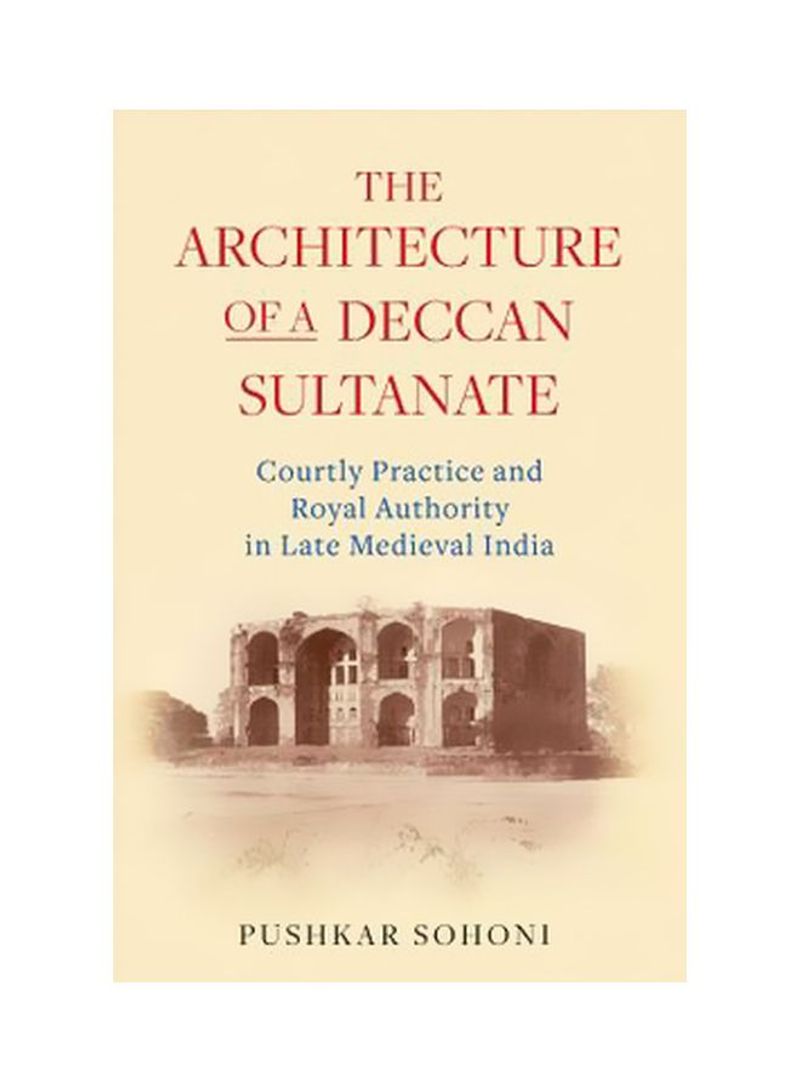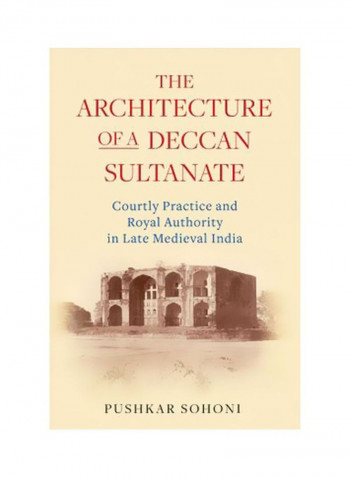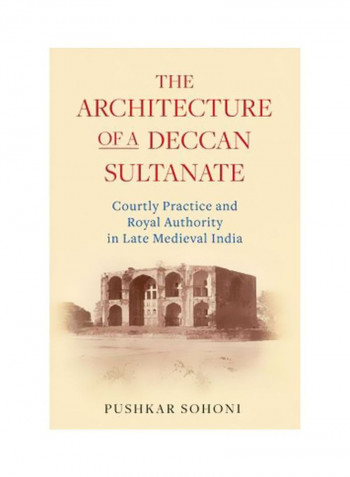The Architecture Of A Deccan Sultanate: Courtly Practice And Royal Authority In Late Medieval India Hardcover
Recommend
Sort by
Rating
Date
Specifications
Author 1
Pushkar Sohoni
Book Description
The Deccan sultans left a grand architectural and artistic legacy. They commissioned palaces, mosques, gardens and tombs as well as decorative paintings and coins. Of these sultanates, the Nizam Shahs (r. 1490-1636) were particularly significant, being one of the first to emerge from the crumbling edifice of the Bahmani Empire (c. 1347-1527). Yet their rich material record remains largely unstudied in the scholarly literature, obscuring their cultural and historical importance. This book provides the first analysis of the architecture of the Nizam Shahs. Pushkar Sohoni examines the critical relationship between architectural production, courtly practice and royal authority in a period when the aspirations and politics of the kingdom were articulated through architectural expression. Based on new primary research from key sites including the urban settlements of Ahmadnagar, Daulatabad, Aurangabad, Junnar and the port city of Chaul, Sohoni sheds light on broader Islamicate ideas of kingship and shows how this was embodied by material artefacts such as buildings and sites, paintings, gardens, guns and coins. As well as offering a vivid depiction of sixteenth-century South Asia, this book revises understanding of the cultural importance of the Nizam Shahs and their place in the Indian Ocean world. It will be a vital primary resource for scholars researching the history of the medieval and early modern Deccan and relevant for those working in Art History, Islamic Studies, South Asian Studies and Archaeology.
ISBN-10
1784537942
Language
English
Publisher
I.B. Tauris And Co. Ltd.
Publication Date
30 October 2018
Number of Pages
320
About the Author
Pushkar Sohoni is a Lecturer in South Asian Studies at the University of Pennsylvania. He previously taught at the University of British Columbia and has had fellowships at various institutions, including the American Institute of Indian Studies, the Max-Planck Institute and the Philadelphia Museum of Art. He has published in the books The Visual World of Muslim India and Garden and Landscape Practices in Pre-Colonial India and in the Journal of Deccan Studies and South Asian Studies. He received his doctorate in the History of Art from the University of Pennsylvania.



